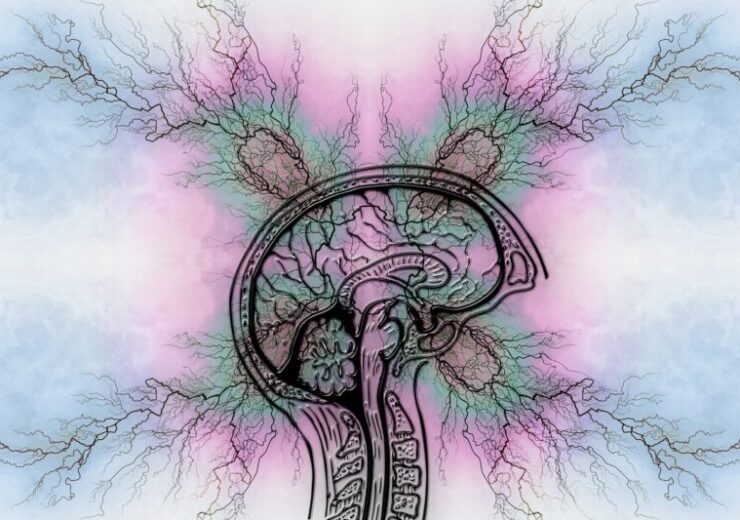According to the researchers, the discovery was based on MRI data from the Adolescent Brain Cognitive Development study of brain development and child health in the US

The identification was based on MRI data from the ABCD study of brain development and child health. (Credit: Gerd Altmann from Pixabay)
Radiological Society of North America (RSNA) said that researchers by using the data from MRI exams on close to 8,000 children have identified biomarkers of attention-deficit/hyperactivity disorder (ADHD) and the potential role of brain imaging in its diagnosis.
The findings of the new study, to be presented at RSNA’s next annual meeting, showed that neuroimaging machine learning can help with the diagnosis, planning of treatment, and surveillance of the disorder.
According to the researchers, the discovery was based on MRI data from the Adolescent Brain Cognitive Development (ABCD) study of brain development and child health in the US.
The researchers found significant white matter microstructural changes, a thinning of the brain cortex, and abnormal connectivity in the brain networks involved in memory processing and auditory processing in ADHD patients.
According to the Yale School of Medicine researcher and study co-author Huang Lin, MRI data was substantially enough to include in machine learning models for predicting a diagnosis of ADHD.
The population-level study data assures that the MRI biomarkers provide a solid image of the brain, Lin added.
Lin said: “We found changes in almost all the regions of the brain we investigated.
“The pervasiveness throughout the whole brain was surprising since many prior studies have identified changes in selective regions of the brain.”
The ABCD study enrolled 11,878 children, of which 7,805 patients, including 1,798 with an ADHD diagnosis, were included in the study group after exclusions.
All the participants had structural MRI scans, diffusion tensor imaging, as well as resting-state functional MRIs. Researchers analysed the imaging data to determine the relation that ADHD has with neuroimaging metrics like brain volume, white matter integrity, surface area, and functional connectivity.
According to senior author of the study, Sam Payabvash from Yale School of Medicine, the latest trials have found microstructural changes in response to therapy in children with ADHD.
